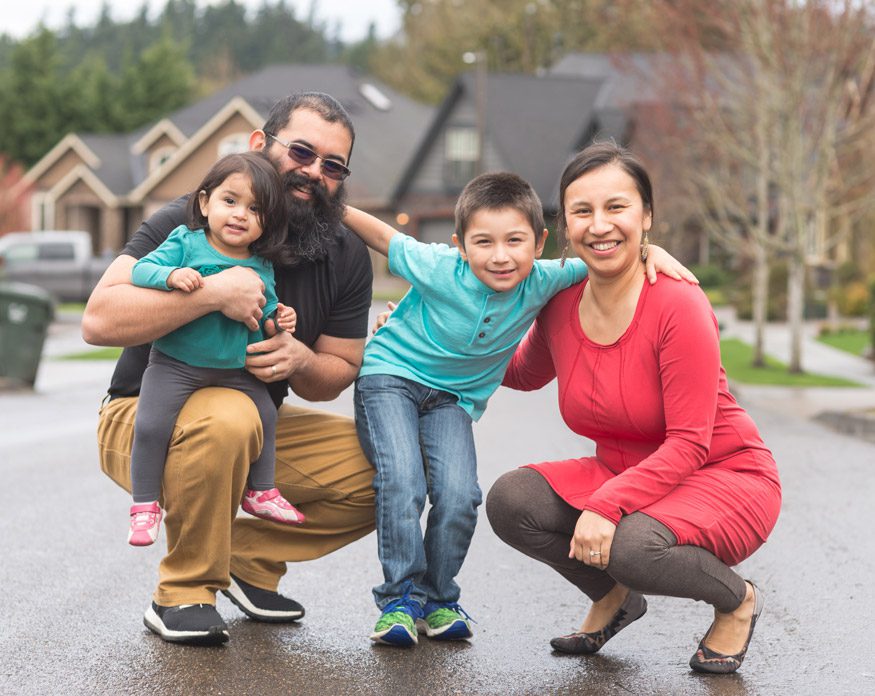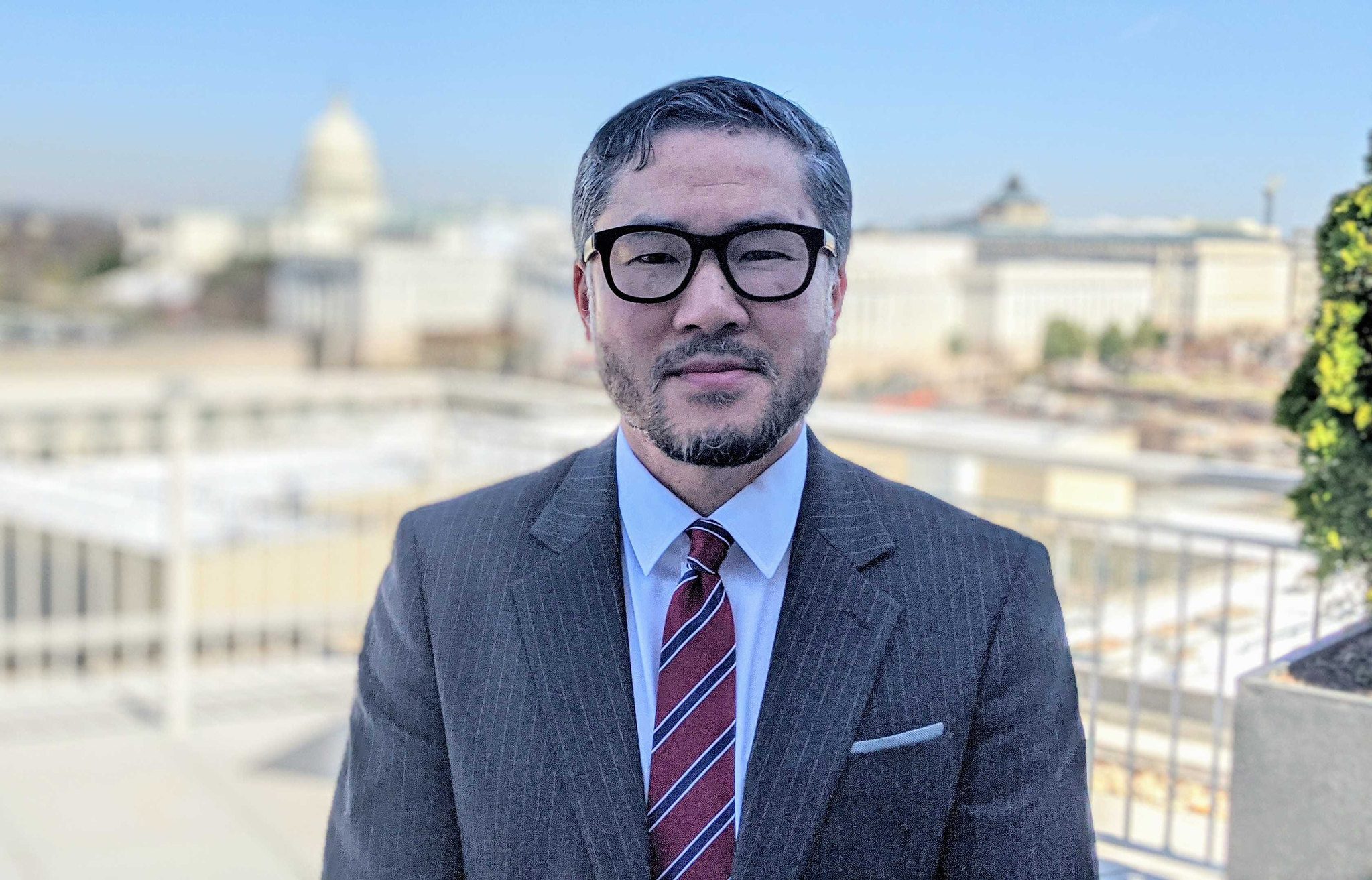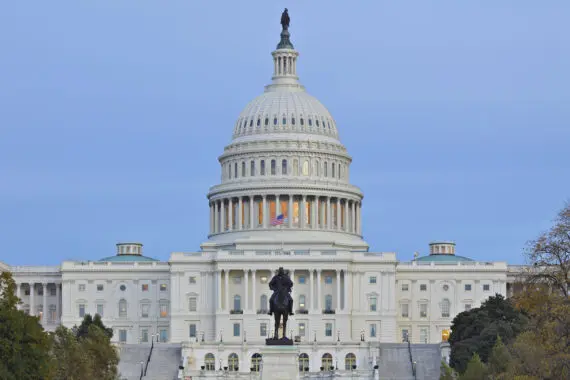The median income of Native American households is nearly $30,000 less than the median income of white households.
More than 5.5 million Indigenous people live in the United States from more than 560 Indian Nations. Many are part of federally or state recognized tribes.
They include Native Americans and Alaskan Natives. Indigenous communities live in pueblos, tribes, and communities, in rural reservations as well as cities, across 33 states, including Alaska.
Indigenous communities have some of the highest hunger rates in the United States. As a group, one in four Native Americans and Alaskan Natives are food insecure, defined as not having regular, reliable access to the foods needed for good health.
Hunger among Indigenous communities is a direct result of poverty and of systemic inequities through racial and gender discrimination. While the United States has a poverty rate of 12.3 percent, Indigenous communities have a higher poverty rate–25.4 percent. The poverty rates are even higher among female-headed households (54 percent) and on some reservations (almost 40 percent).
Inequities that contribute to hunger and poverty in indigenous communities include:
- Unemployment and low wages
- Less access to education
- Poor health and limited access to health care
- Less access to credit
- Higher incarceration rates
- Impact of U.S. federal policies and Indian Nations sovereignty



